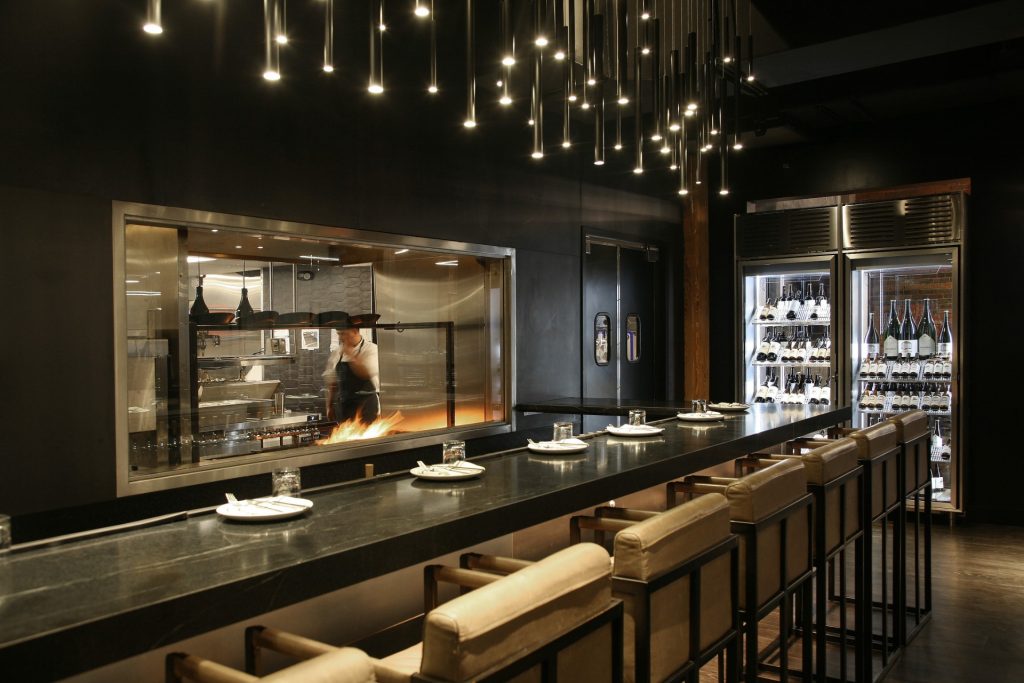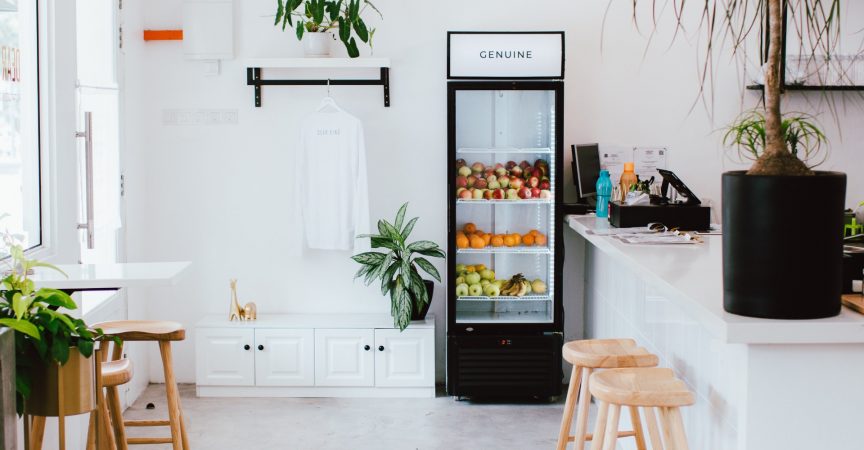How Energy-Saving Restaurant Equipment Saves Money and the Environment
93% of Restaurants Canada members already use energy or water-saving equipment and 8 out of 10 restaurant operators stated that environmentally sustainable operations are important to their business’s success. By not adopting energy-saving practices you could be losing out on cost-cutting opportunities.
Reducing energy consumption and adopting environmentally friendly practices can help your restaurant lower its utility bills and promote a more sustainable work environment. Energy consumption in restaurants is about five to seven times more per square foot than any other commercial building. Knowing where you’re losing the most energy will help identify ways to save more money. For example, refrigeration is one of the highest culprits for electricity consumption, followed by lighting, and cooling.
An easy way to get started is to take a look at your commercial foodservice equipment and ensure that all of your appliances are ENERGY STAR® certified. ENERGY STAR certification is currently available for the following commercial kitchen equipment: hot food holding cabinets, solid and glass door refrigerators and freezers, fryers, steam cookers, ice machines, ovens (convection and combination ovens), griddles, coffee brewers and dishwashers. Swapping out older equipment for ENERGY STAR certified appliances can cut kitchen utility costs without sacrificing product features, quality, or style.
Although the purchase price may be higher than the equipment not certified, it’s important to consider the lifetime price of a unit. For example, items such as dishwashers, steamers, and ice machines can dramatically improve water and sewer bills, which over a long period of time, can lead to significant cost savings. Using low-flow pre-rinse spray valves, installing hand dryers and automatic water faucets in guest washrooms is another way to cut down on water consumption and to act on sustainability.

An area that is easily overlooked in a commercial foodservice environment is lighting. On average, 13 per cent of the total energy in a restaurant can be used for lighting purposes. If you’re looking for a simple and easy way to save money, replacing inefficient this is a great place to start. Light fixtures that have earned the ENERGY STAR certification can deliver exceptional features while using less energy. ENERGY STAR certified fixtures typically use less than a quarter of the energy consumed by traditional lighting and they distribute light more efficiently than standard light fixtures.
In each area of commercial equipment, there are tips to become more energy efficient. Often- times even small changes can lead to a large impact over the long run. Here are a few ways to save energy in the kitchen:
- Maintain equipment – look around the kitchen and ensure your equipment isn’t damaged. Leaking fridges, doors that won’t fully close, and overstocked fridges can all lead to energy loss.
- Check Thermostats – Thermostats and control systems need to be checked every now and then to ensure accuracy. Be sure to check the thermostats on all of your equipment and readjust and recalibrate when needed.
- Don’t Idle: Much like a car, you should never leave your equipment on if it’s not being used. Get in the habit of shutting down when things are slow.
- Swapping Signs: Swap out old ‘open/closed’ and ‘exit’ signs with LED lighting for additional energy savings.
- Turn it off: Turn off lights in unoccupied areas and where daylight is sufficient.
- Occupancy Sensors: Install sensors in closets, storage rooms, break rooms and restrooms. Check the manufacturer’s website for compatibility with controls
- Change your Air Filter: Check your filter every month, especially during heavy use months (winter and summer). If the filter looks dirty after a month, change it. At a minimum, change the filter every three months. A dirty filter will slow down airflow and make the system work harder to keep you warm or cool—wasting energy.
- Tune-up your HVAC Equipment Yearly: Just as a tune-up for your car can improve your gas mileage, a yearly tune-up of your heating and cooling system can improve efficiency and comfort.
There are various websites and articles that can help you achieve a more energy-efficient kitchen. One of the best resources for getting started is the ENERGY STAR Guide for Cafes, Restaurants, and Institutional Kitchens, which goes into further detail about each area of a restaurant and ways to improve energy consumption. For the full list of tips and other great energy-saving resources, download the free guide provided by ENERGY STAR.
Energy Incentives & Rebates
The government of Canada offers a directory that contains ENERGY STAR rebates and incentives available in Canada which can be combined with the options we have listed throughout this guide. These rebates can help with upgrades that can further reduce your energy consumption.
To learn more about energy-saving tips, tricks, and gain insights into how implementing these programs can help boost your bottom line, join us at the Save on Energy Foodservice Forum during RC Show 2020. The forum will take place on March 2nd, 9:30 a.m. – 1:00 p.m. in the Presentation Theatre and is free to join. Visit rcshow.com/experience/pavilions/eco for more details and to register.









